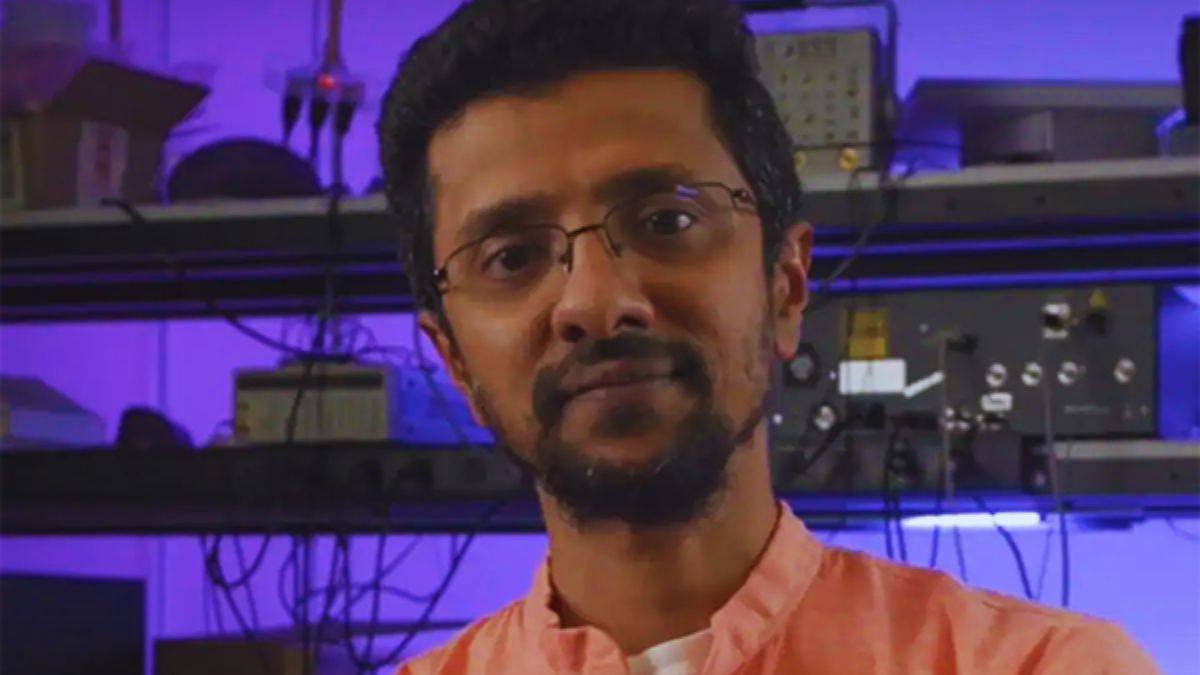Ashok Veeraraghavan, an Indian-origin computer engineer, received the Edith and Peter O’Donnell Award, one of Texas’ highest academic honours. He is also a professor at Rice University’s George R. Brown School of Engineering.
The Texas Academy of Medicine, Engineering, Science, and Technology (TAMEST) bestows the award on promising researchers in the US state.
Mr. Veeraraghavan has received this prestigious award for his groundbreaking imaging technology, which aims to make the invisible visible.
Let’s look at who Ashok Veeraraghavan is.
Ashok Veeraraghavan earned his B.Tech. in electrical engineering from the Indian Institute of Technology, Madras, in 2002.
He then moved to the United States to pursue his master’s degree in electrical and computer engineering at the University of Maryland. He received his degree in 2004. Following that, in 2008, Mr. Veeraraghavan earned his Ph.D. in Electrical and Computer Engineering from the same university.
Before receiving the Edith and Peter O’Donnell Award, Mr. Veeraraghavan was named an IEEE Fellow in 2022.
In 2017, he received both the NSF Career Award and the Hershel M. Rich Invention Award.
Mr. Veeraraghavan also co-created FlatCam. A thin sensor chip with a mask replaces the lenses in a traditional camera.
In an interview with PTI, Ashok Veeraraghavan expressed his happiness at receiving the award. It is a recognition of the wonderful and innovative research conducted by many students, postdocs, and research scientists in Rice University’s computational imaging lab over the last decade.
In describing the work that earned him this prestigious award, Ashok Veeraraghavan stated, “Most imaging systems today are designed in a way that does not take all three things into account together; they are designed separately. Co-design provides new degrees of freedom, allowing us to achieve imaging functionalities or performance capabilities that would otherwise be impossible.”
Mr. Veeraraghavan’s research provides solutions for imaging scenarios in which the visualisation target is inaccessible due to light scatter.
